Leonardo 21/09/2016 20 September 2016
How does a city become resilient? By coping with the innumerable risks to which the urban environment is exposed, whether they arise from natural phenomena or are the result of human actions. In order to achieve this, it must firstly, absorb the negative impacts of traumatic events, by safeguarding the security of its citizens, territory and infrastructures, and secondly, prevent the consequences of such events, by increasing the level of its own vulnerability and preparing adequate countermeasures.
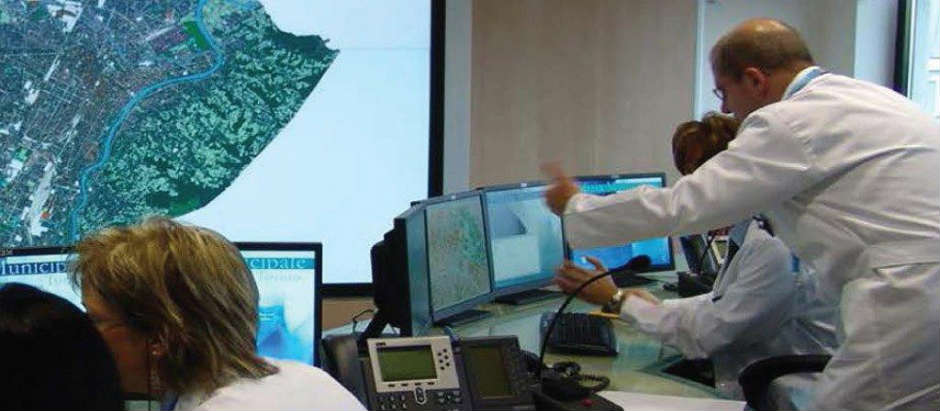 In the modern complexity of our urban centres, the answer is increasingly entrusted to technological evolution, which provides advanced systems and solutions that are able to support the entire cycle of urban resilience, from the design of buildings and infrastructure to security management, from rapid response in case of natural or human disasters to returning to previous conditions.
In the modern complexity of our urban centres, the answer is increasingly entrusted to technological evolution, which provides advanced systems and solutions that are able to support the entire cycle of urban resilience, from the design of buildings and infrastructure to security management, from rapid response in case of natural or human disasters to returning to previous conditions.
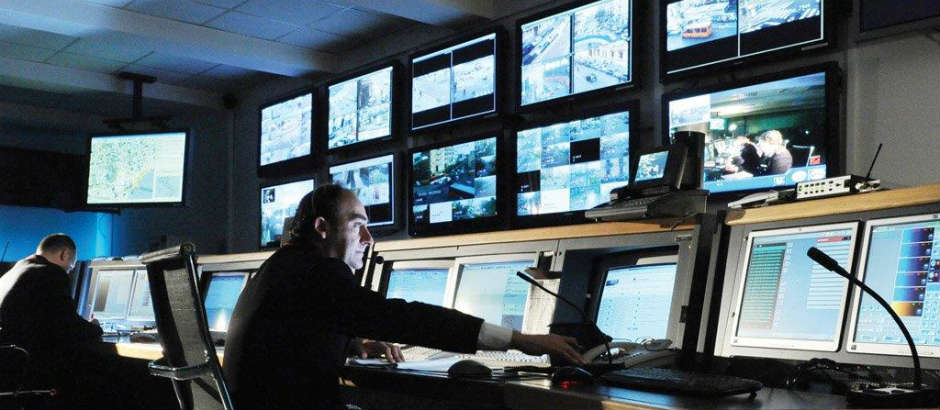
And this is precisely what the HARMONISE project intends to do with the presentation of its online support platform conceived precisely to support the development of urban resilience on a large scale. HARMONISE – an acronym for Holistic Approach to Resilience and Systematic Actions to Make Large Scale Urban Built Infrastructure Secure – is a collaborative research project created as part of the Seventh Framework Programme for Research and Technological Development of the European Union. It counts on the technical and scientific contribution from 12 partners including universities, outstanding technical or research organisations, SMEs, large industries and technicians throughout Europe, with a project team that is specialised in a wide range of disciplines associated with developed areas and, on a wider scale, with urban security and resilience.
Leonardo-Finmeccanica participated in the project by developing the Security Supervision System, a simulation and decision support platform, which gathers and correlates disparate data streams from various devices and systems, in order to create a unique and integrated view of the monitored areas potentially affected by the problems inherent to urban resilience (climate change, security of large events, mobility of large flows of people).The Security Supervision System is currently operational at the Luigi Ferraris stadium in the Marassi district of Genoa, the chosen city, along with Dublin, London, Bilbao and Tampere, as a theatre for the launch of pilot projects resulting from the work of the HARMONISE consortium.
The system is physically made up of a set of sensors, located within the stadium area, which provide a series of observations and measurements to a three-monitor workstation, from which security operators are able to monitor the flows of people and also to simulate possible critical situations related to crowd behaviour in advance. This is an operation that is made possible by the combined action of two sub-systems – flow analysis and crowd monitoring – developed by Leonardo as part of the Security Supervision System.
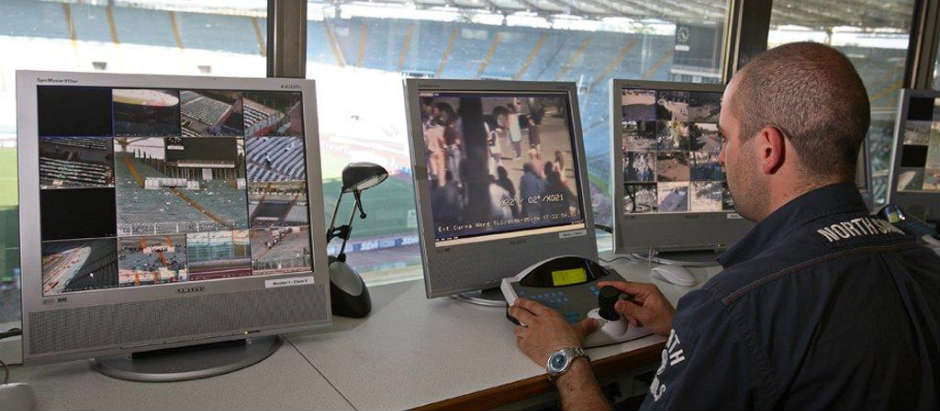
Thanks to its features, the Security Supervision System can be classified as a PSIM system (Physical Security Information Management) designed to bring together several heterogeneous security applications through management of a sole user interface and is also able to integrate physical security systems with other domains, such as logical security, mobility, environmental and climatic monitoring, and applications for citizens’ mobile devices.
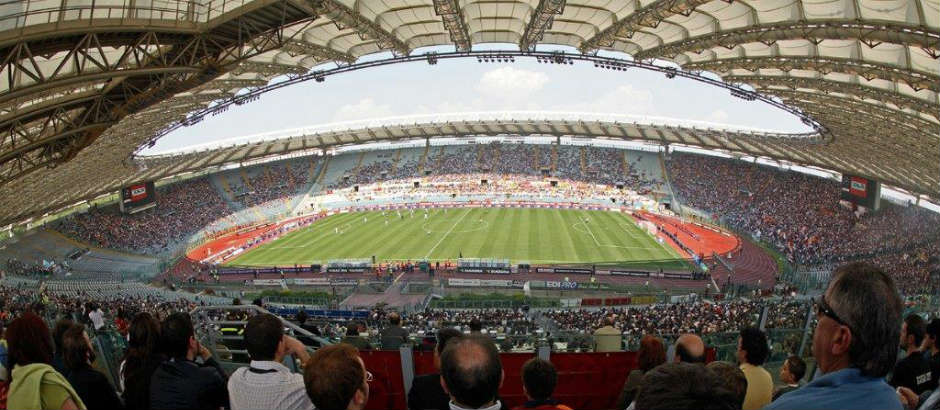
This versatility makes it a potential multiplier of knowledge to the benefit of various user categories. All the information services generated by the service can, in fact, not only be used by authorities, but also by citizens, companies and associations that offer specific services and applications according to the Open Data model, which allows them to operate both as service users and new information producers.
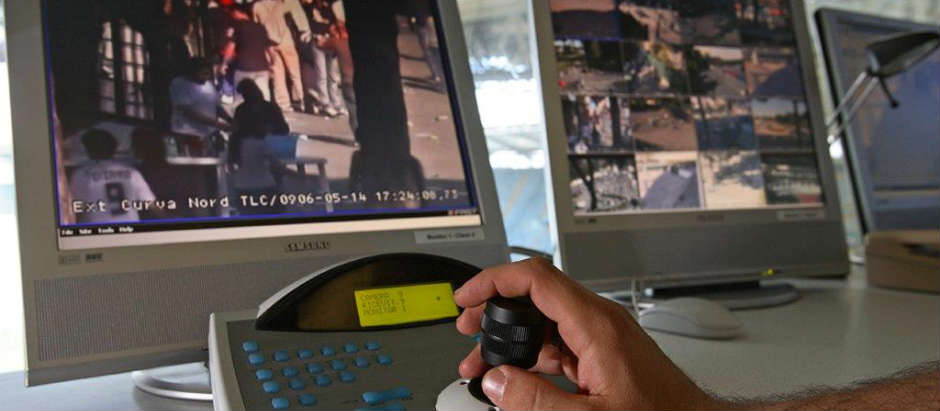
At a higher level of decision maker, the system becomes a support tool for national, regional and local governments that are required to develop urban resilience policies and design infrastructure suited to the growing need to safely manage flows of people, data and goods in urban systems that are continuously expanding.
Leonardo, 21/09/2016

